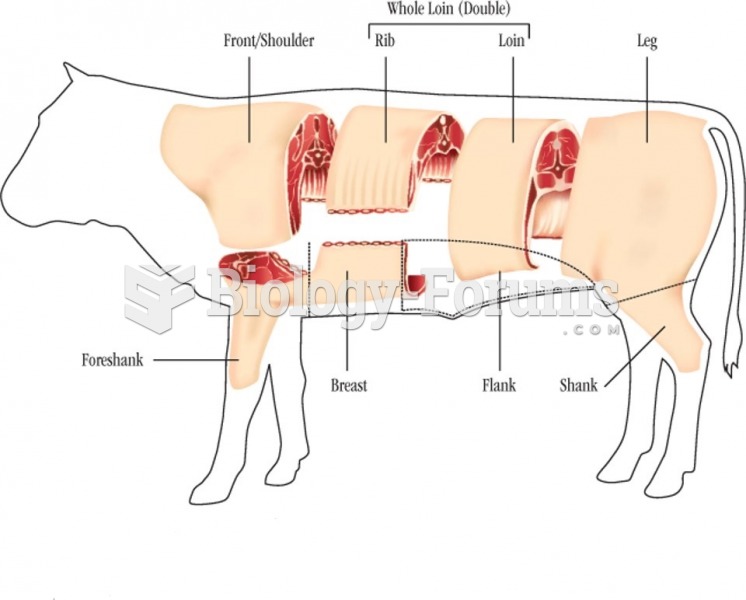Answer to Question 1
True
Answer to Question 2
The Coase theorem argues that as long as transaction costs are low, assigning property rights to one of the parties involved in a transaction leads to an efficient solution to the externality problem. Let us consider the example of a self-interested beekeeper trying to maximize his wealth would want to reach agreement with an apple farmer, who has a similar interest in her own wealth. The bees produce an external benefit or beneficial externality in the form of a more valuable apple crop. Extending the beekeeper's stay benefits both parties, and it will happen if the costs of agreement are low enough. A fuller understanding of externalities and transaction costs can be gained by bringing another person into the model. He is a writer who suffers from an allergy that the presence of bees makes worse. The allergy cuts his daily writing output and income, which reflects the value readers place on his work. One might expect that how long the bees stay (if they stay at all) depends on what the underlying laws that define the rights of these three people say. Arriving at this conclusion, however, depends on what you assume about the three parties' costs of negotiating.
Until Coase showed the importance of transaction costs by asking what would happen if they did not exist, most scholars and lawyers believed legal details matteredthe outputs of honey, apples, and writing depended on who had which rights. But if there are no costs of negotiating, the three can exchange these rights to reach an economically efficient outcome. It does not matter whether the law allows the beekeeper and farmer to disregard the writer who can pay them not to release bees, or whether it gives the writer a right to freedom from bees that he can sell to the two of them.
Coasian reasoning also provides a new perspective on the concepts of benefit and harm. People often think of the beekeeper as a wrongdoer whose arrival harms the writer, so they propose measures to prohibit or limit bee releases. Efficiency, however, is not a matter of who was there first. Coasian reasoning allows us to see a symmetry why not think of the writer as harming the beekeeper and farmer because he keeps them from creating economic value for themselves as well as honey and apple consumers? If negotiation costs are low enough, the law's function is to be a starting point for negotiations toward an efficient outcome.
Coasian reasoning is only about efficiency and does not directly consider how costs and benefits are distributed among the parties. If the law gives the beekeeper and farmer a right to release bees, they get income from their own businesses and payments from writer, who earns less than if he had the initial right to freedom from bees. If the writer has a right to a bee-free environment, part of the beekeeper's and farmer's gains are paid out to him. If the distribution of income after bargaining is politically unsatisfactory, other laws may be enacted or enforced to tax the gains and redistribute them. Of course, in a complex society where external costs and benefits are pervasive, everyone will be a beneficiary of some laws and a loser from others. When negotiation has costs the law can affect outcomes.







